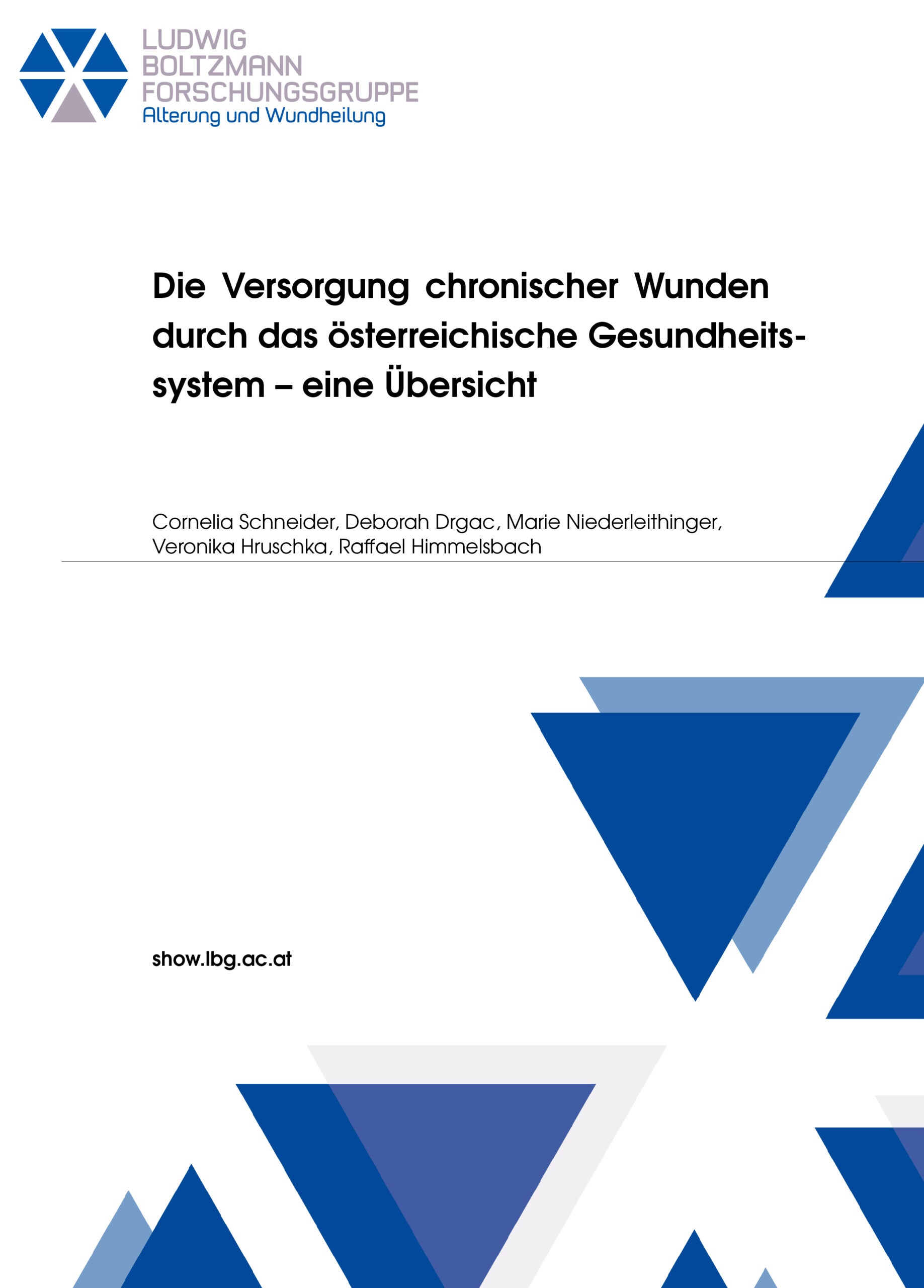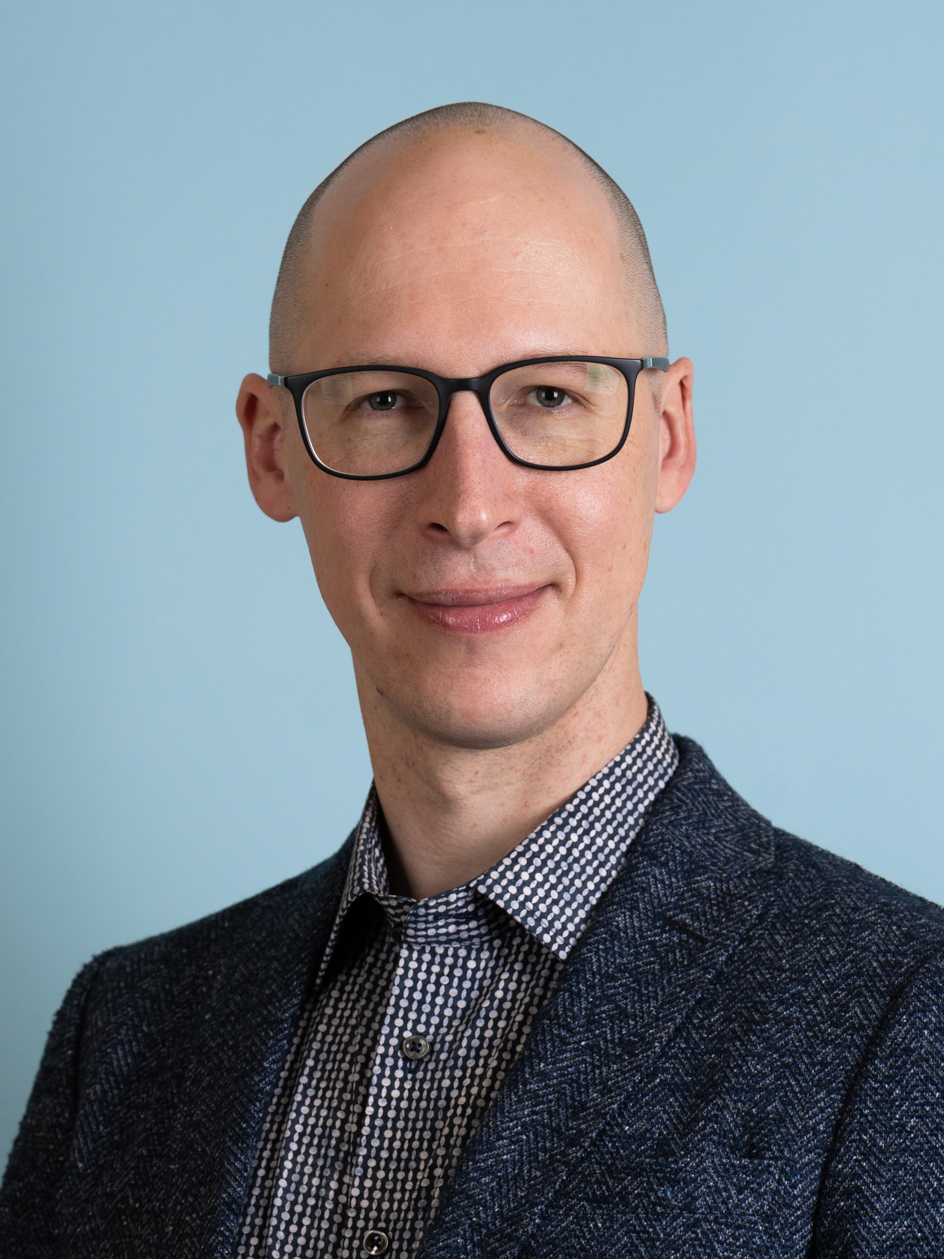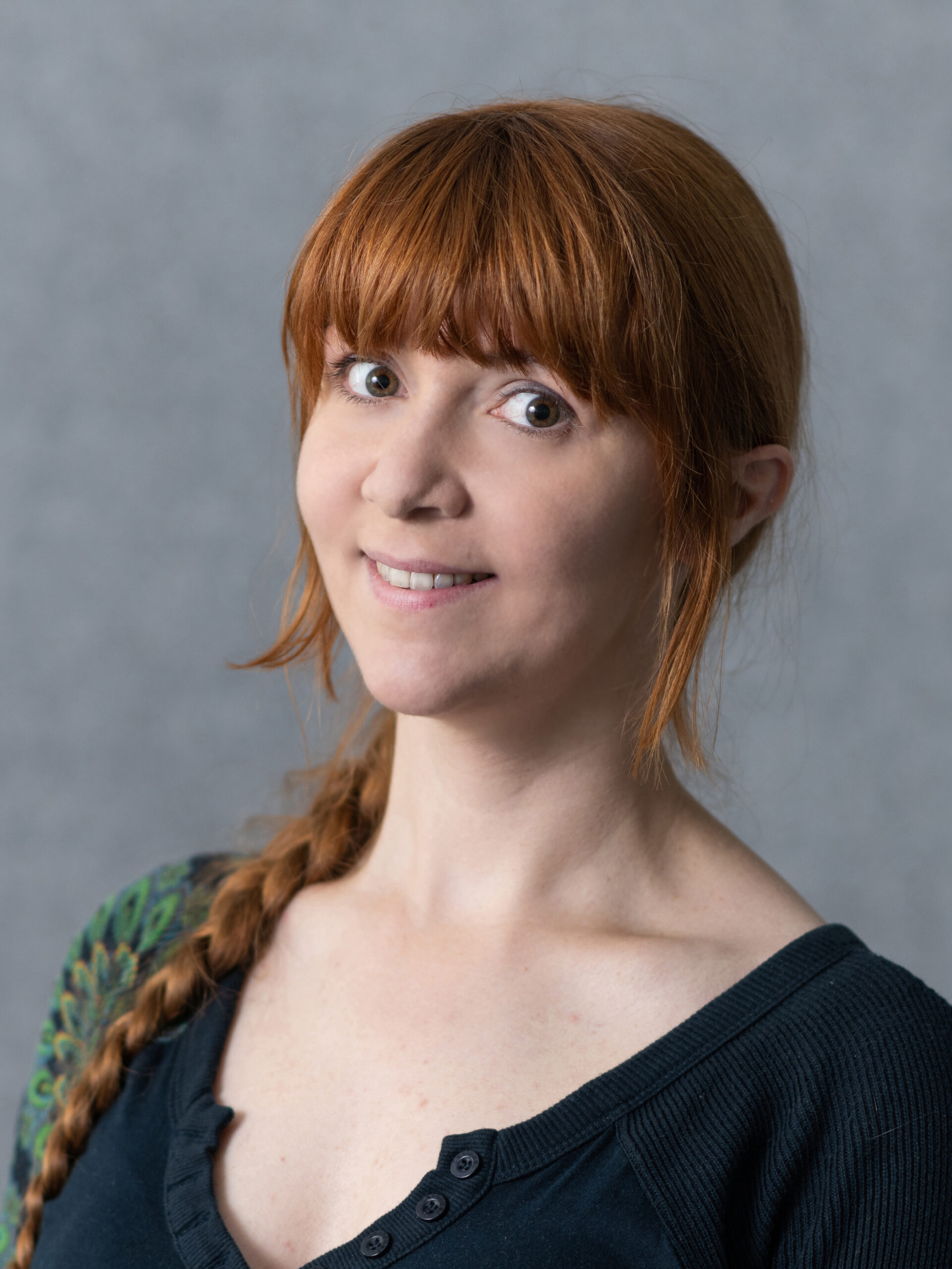Health Services Research
For patients to have the chance of a life without a chronic wound, members of different health professions must work together. Patients depend on experts to identify and treat the causes of their ulcers. While chronic wounds often affect older people, the rise in vascular disease and diabetes also increases the risk in younger people. LBG SHoW’s Co-Creation team spoke to wound experts and evaluated available documents – and came to the conclusion that there is currently a lack of coordination in the Austrian healthcare system.
A chronic wound often means pain, limited mobility and psychological stress for patients. This can be socially isolating and make employment impossible. Not only patients are affected in their daily life, their relatives too are also extremely challenged. In the future, more Austrians may be living with chronic wounds: the population is getting older and risk factors are increasing in the working-age population. The problem has not yet been scientifically investigated in Austria. In their new “wound report”, our researchers from the biological and political sciences as well as public health created an overview. The document is based on discussions with experts and the analysis of health policy documents and scientific literature.
“Our idea of wounds is strongly influenced by injuries such as cuts or abrasions. We slap a bandaid on the wound and expect it the get better. But chronic wounds are different,” says first author Cornelia Schneider. A chronic wound sometimes has to be examined, cleaned and redressed several times a week in a time-consuming process. In order for the wound to disappear, however, one thing is needed above all: communication.
Nursing professionals, general practitioners and specialists in dermatology, vascular surgery, angiology and diabetology must coordinate across institutional boundaries to identify the root cause of wound formation (eg an underlying vascular disease) and that both the wound and its underlying cause are treated accordingly. The communication between specialists also enables patients to quickly receive the appropriate dressing materials. Currently, this is often only achieved when highly motivated individuals get involved. A uniform treatment quality for all wound patients throughout Austria cannot be guaranteed in this way. From different “entrances” such as peripheral arterial disease, chronic venous insufficiency or diabetes mellitus, the patients make their rounds together in the wound treatment roundabout – sometimes for months without a diagnosis. Helping patients to quickly exit the wound roundabout – and avoid them getting back in with another wound – is a responsibility our healthcare system.
In their analysis, the researchers also found many statistical gaps. Raffael Himmelsbach, head of the study and co-director of LBG SHoW, says: “When I talk about my work, I regularly hear: ‘My grandmother/my grandfather is affected.’ We have a real problem here. But statistically it’s invisible.” The extent of chronic wounds in Austria and the composition according to different causes of illness cannot be observed as long as diagnoses are not recorded uniformly in the local health care system. Whether patients across the country are able to find appropriate treatment infrastructure remains uncertain.


